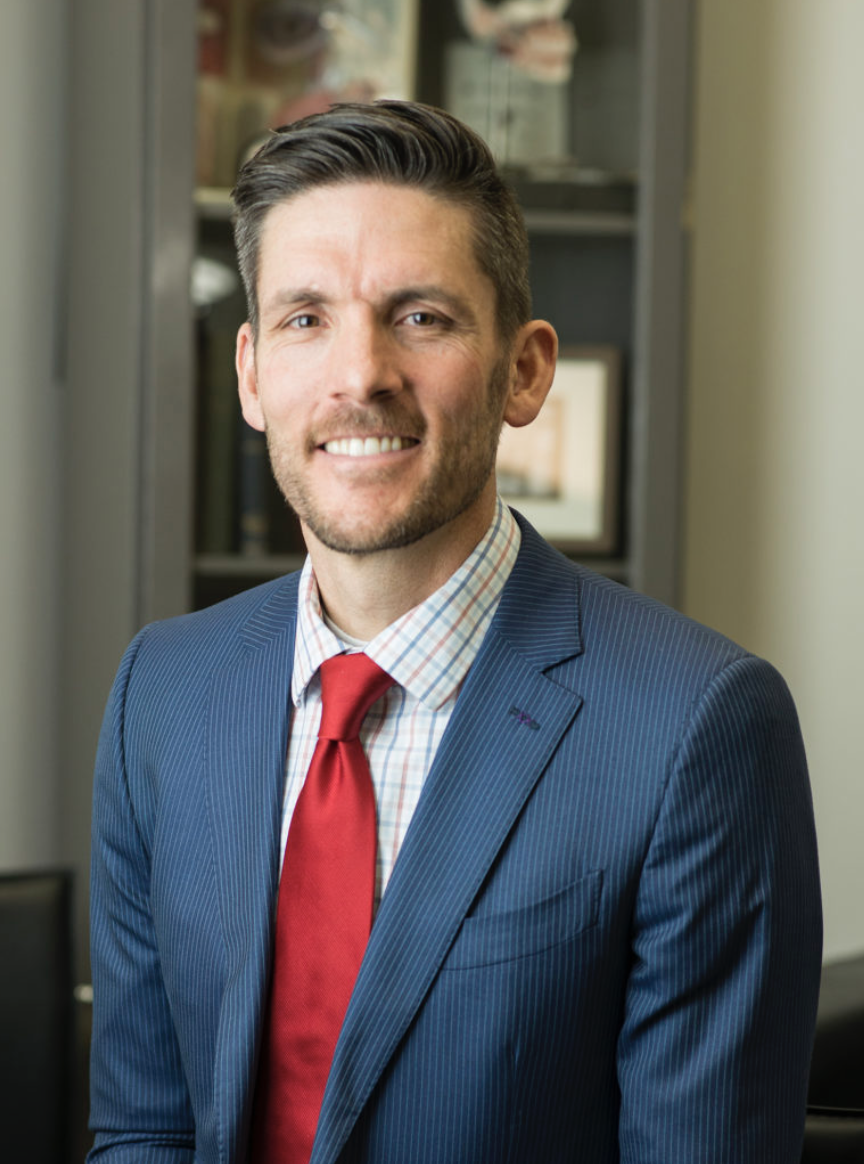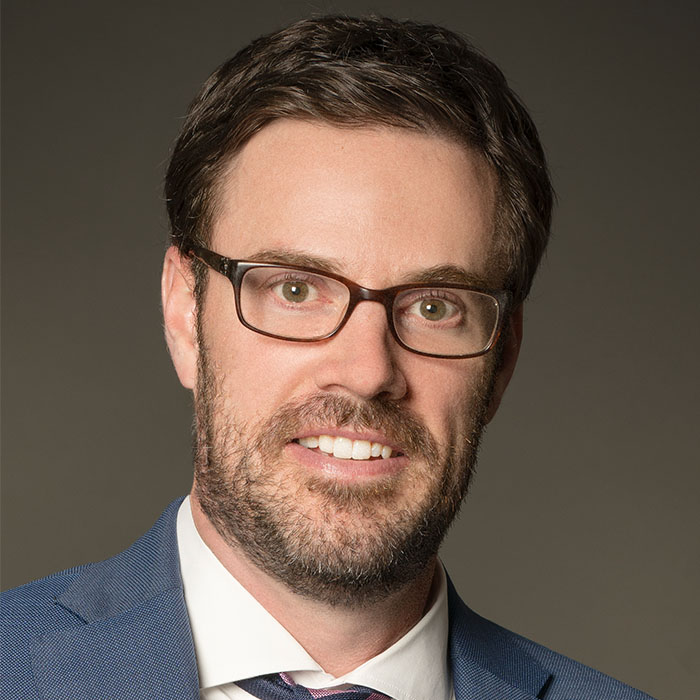Welcome to Utah Eyelid & Facial Plastic Surgery Practice, where our team of highly skilled and experienced eyelid and facial plastic surgeons are dedicated to helping you achieve your aesthetic goals. Our state-of-the-art facility and cutting-edge techniques ensure that you receive the highest level of care and attention.

Dr. Matheson Harris
Dr. Matheson Harris is a board certified Ophthalmologist and Ophthalmic plastic (oculoplastic) surgeon, also specializing in functional and cosmetic oculoplastic and facial surgery. A native of Utah, he completed his undergraduate education first at Dixie College, then Southern Utah University. He went on to complete medical school at Penn State University, followed by an internship at the Milton S. Hershey Medical center and residency in Ophthalmology at the University of North Carolina-Chapel Hill. He then completed a two-year ASOPRS (American Society of Ophthalmic Plastic and Reconstructive Surgery) oculoplastic surgery fellowship at West Virginia University Eye Institute, with special training in orbital and lacrimal surgery, in addition to eyelid and facial reconstruction. He is also a member of the American Academy of Ophthalmology.
Dr. Harris has published numerous peer-reviewed articles on oculoplastic topics and presented research at several national meetings. He is also an adjunct assistant professor at the University of Utah, providing oculoplastic training to the residents in ophthalmology. He is also involved in helping train oculoplastic surgery fellows with Dr. Richard Anderson. Dr. Harris formerly worked with the veterans at the Salt Lake VA Medical Center. Dr. Harris practices at the Salt Lake and St. George offices.
Dr. Harris lives in Salt Lake City with his wife and 3 children. When away from the office, they enjoy many activities including running, cycling, camping, rock climbing and just being together. Dr. Harris enjoys photography, drawing, woodworking, learning the guitar, and is a modern design aficionado.
Dr. Harris’s Publications (links)
- CT Dimensions of the Lacrimal Gland in Graves Orbitopathy
- Delayed Eikenella corrodens Orbital Infection After Fracture Repair
- Computed tomography dimensions of the lacrimal gland in normal Caucasian orbits
- Amniotic membrane in medial canthal reconstruction
- Striated muscle hamartoma of the eyelid in an adult woman

Dr. Douglas Marx
Dr. Douglas Marx is a board-certified Ophthalmologist and Ophthalmic plastic (oculoplastic) surgeon specializing in functional eye socket, eyelid, and tear duct surgery, including thyroid eye disease. A native of Utah, he completed his undergraduate education first at Brigham Young University. He completed medical school at Georgetown University, an internship at the University of Utah, and a residency in Ophthalmology at Baylor College of Medicine. He then completed a two-year ASOPRS (American Society of Ophthalmic Plastic and Reconstructive Surgery) oculoplastic surgery fellowship at Oregon Health & Sciences University. He had special training in orbital, eyelid, and lacrimal diseases and surgeries. He is also a member of the American Academy of Ophthalmology.
Dr. Marx has published numerous peer-reviewed articles on oculoplastic topics and has presented research at several national meetings. He is also an adjunct assistant professor at the University of Utah, providing oculoplastic training to the residents and fellows in ophthalmology. Before joining Utah Eyelid and Facial Plastic Surgery, Dr. Marx attended Baylor College of Medicine and the University of Utah Moran Eye Center.
In The Press
February 19, 2012: Dr. Harris featured in the St. George, Utah Daily Spectrum Newspaper
Humanitarian Work
Dr. Harris and his wife Micki have been involved in international outreach missionary work since starting practice in Salt Lake City in 2011. They work primarily with LDS Charities, visiting multiple countries to provide development and implementation of vision related projects. As of 2016, they were assigned to Chile, Uruguay, Argentina and Haiti, making 4-5 trips per year to teach oculoplastic surgery and deliver needed equipment. Their goal is to teach the local doctors the techniques they need to be self-sufficient in delivering care to their own people. Ultimately, they hope to not be needed in these countries as the local doctors become well skilled and independent. See our blog to read about our experiences over seas.
